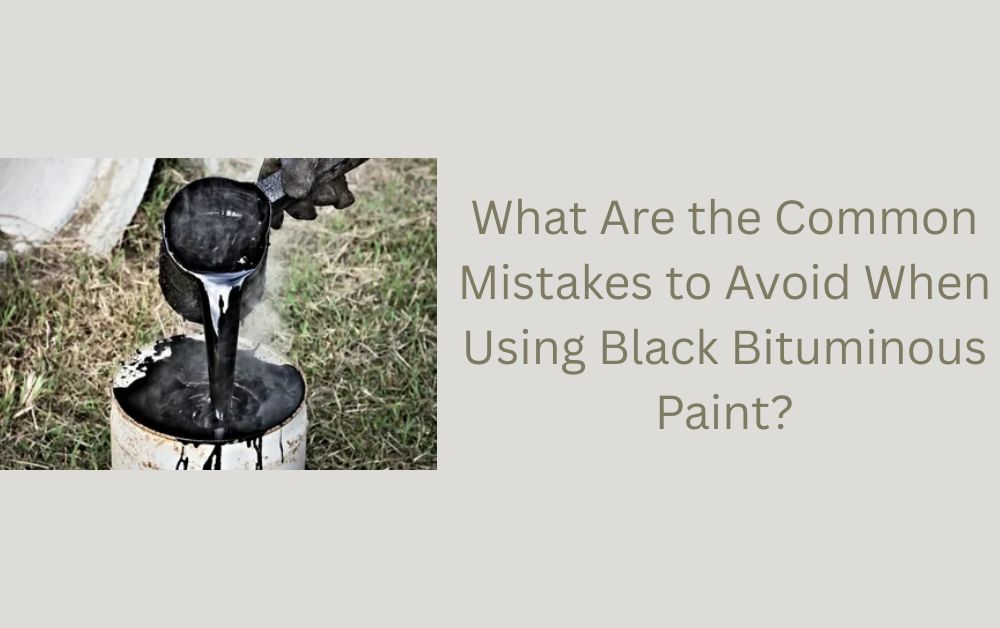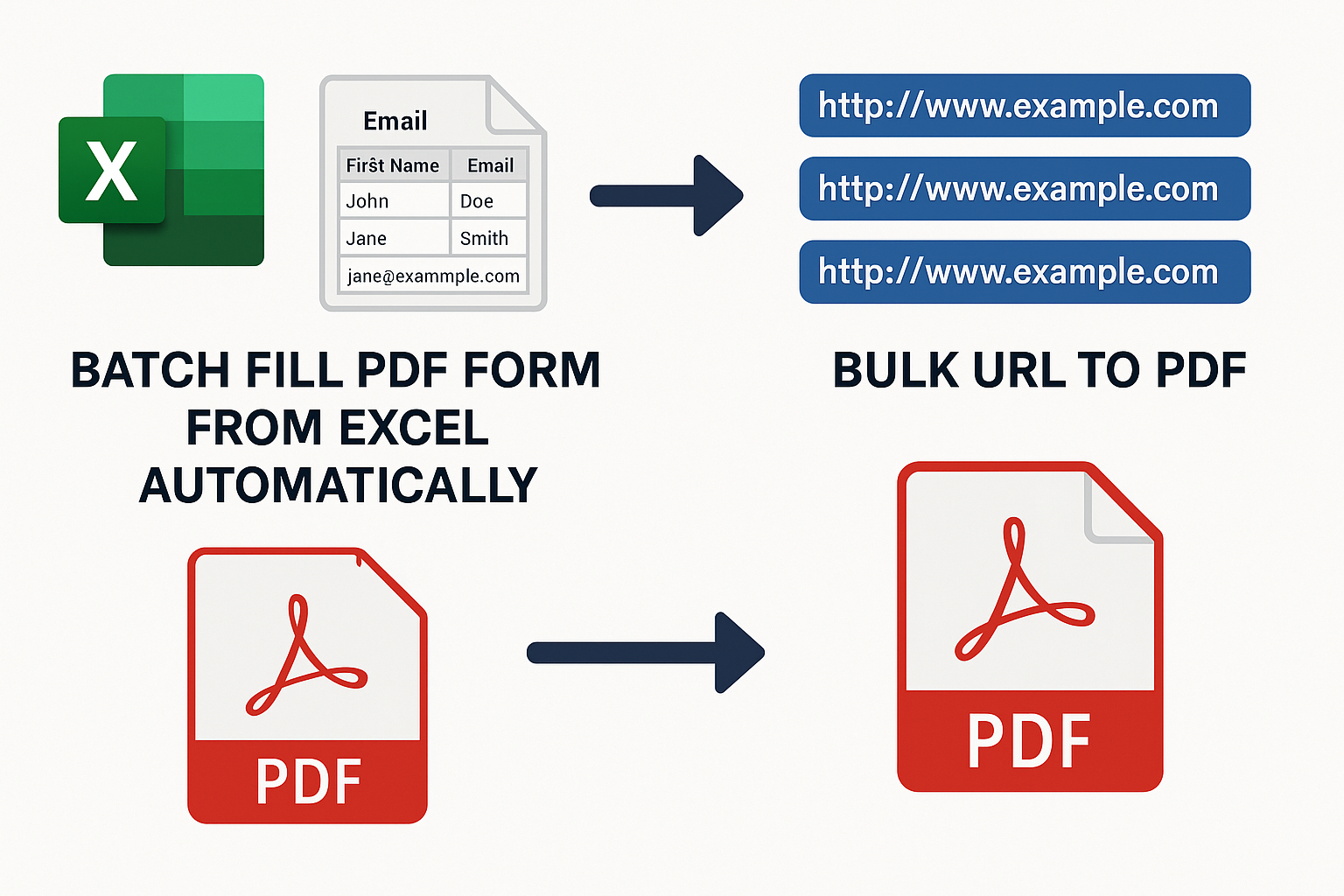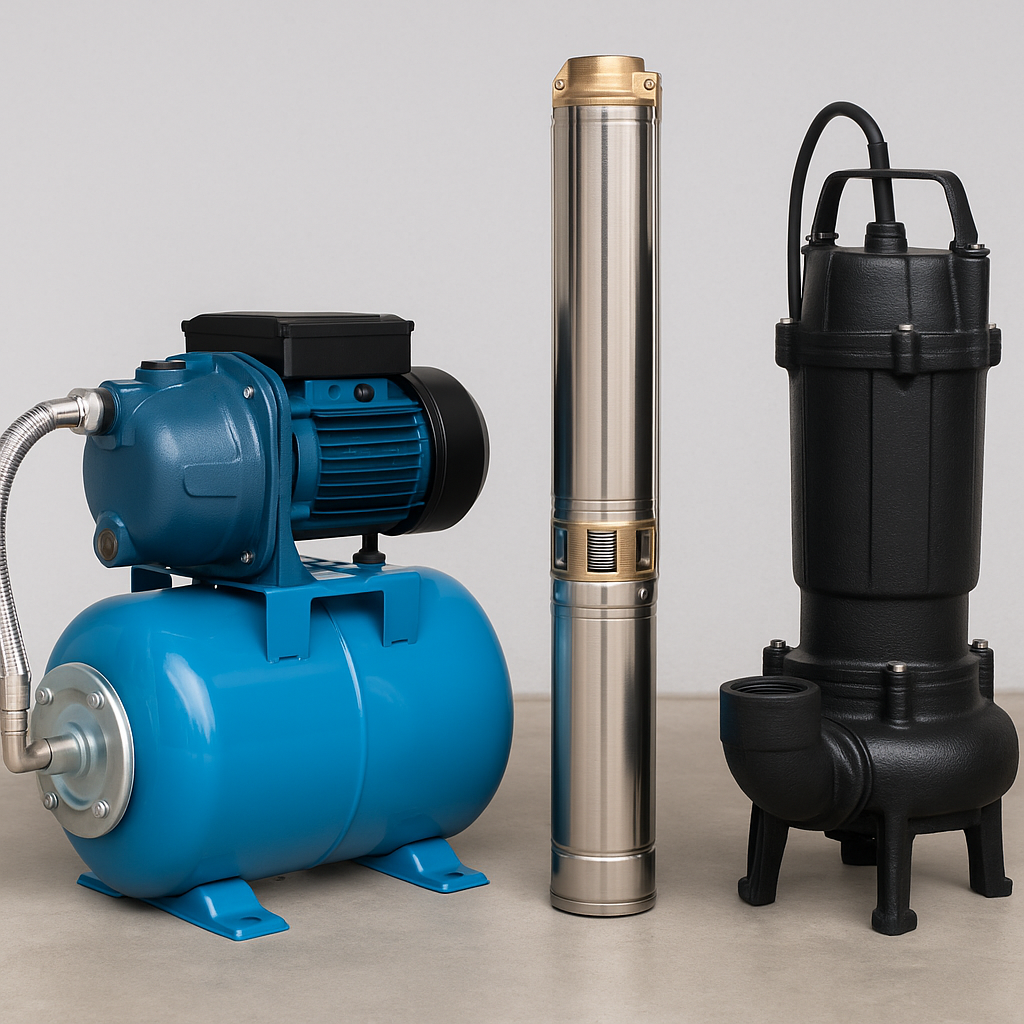Black bituminous paint is a popular choice when it comes to protecting steel, concrete, and other surfaces from water and rust.
It is easy to apply, affordable, and gives long-lasting protection.
But sometimes, small mistakes during application can reduce its effectiveness.
In this guide, we will explain in simple words what common mistakes people make when using black bituminous paint — and more importantly, how to avoid them.
If you want your project to last for years without problems, keep reading!
Understanding Black Bituminous Paint
Before we talk about the mistakes, let’s understand what black bituminous paint is.
What Is Black Bituminous Paint?
Black bituminous paint is a thick, black liquid coating made mainly from bitumen.
It is used for waterproofing, protecting metal from rust, and sealing surfaces like roofs, pipes, and tanks.
Once applied and dried, it forms a hard, waterproof layer that shields surfaces from damage caused by rain, sunlight, and chemicals.

Why It’s Important to Apply It Correctly
Even though black bituminous paint is strong, wrong application can lead to many problems:
- The coating may peel off early.
- Water might still seep through.
- Metal can rust under the paint.
- The finish might look rough or patchy.
That’s why it’s very important to know and avoid common mistakes when using this paint.
Common Mistakes to Avoid When Using Black Bituminous Paint
Let’s go through the main mistakes one by one — and learn the simple ways to avoid them.
1. Not Preparing the Surface Properly
Why Surface Preparation Is Important
The biggest mistake many people make is painting on dirty or wet surfaces.
If there is dust, grease, rust, or moisture, the paint will not stick properly.
This causes the paint to peel off quickly.
How to Prepare the Surface
- Clean Thoroughly: Remove all dust, dirt, oil, and old loose paint.
- Remove Rust: Use a wire brush or sandpaper to clean off any rust from metal surfaces.
- Dry the Surface: Make sure the surface is completely dry before applying the paint.
Quick Tip
Always wipe the surface with a clean cloth before you start painting.
2. Skipping the Primer When Needed
When to Use a Primer
Some surfaces, especially bare metals, need a primer before you apply black bituminous paint.
Without a primer, the paint might not stick well, especially on shiny or very smooth surfaces.
How to Choose a Primer
- Use bitumen-compatible primers.
- Ask the paint supplier if a primer is recommended for your surface.
3. Applying Too Thick a Coat
Why Thick Layers Are a Problem
Many people think that a thicker coat will protect better.
But that’s not true.
When you apply the paint too thickly:
- It takes a long time to dry.
- It can crack as it dries.
- It may not bond properly to the surface.
How to Apply Correctly
- Apply Thin, Even Coats: It is better to apply two thin coats than one thick coat.
- Allow Drying Time Between Coats: Let the first coat dry completely before applying the second.
4. Ignoring Weather Conditions
How Weather Affects Painting
Painting during wet, rainy, or extremely cold weather is a big mistake.
Moisture or low temperatures can cause:
- Poor adhesion.
- Longer drying times.
- Poor finish quality.
Best Weather for Application
- Apply when the weather is dry and warm.
- Ideal temperature: 10°C to 30°C (50°F to 86°F).
5. Not Mixing the Paint Properly
Why Mixing Matters
Sometimes, bitumen and other ingredients settle at the bottom of the can.
If you don’t mix the paint properly before use:
- The consistency will be uneven.
- Some parts will be too thin; others too thick.
How to Mix
- Use a paint stirrer or stick to mix thoroughly.
- Stir until the paint looks smooth and uniform.
6. Using the Wrong Tools
Tools That Work Best
Using the wrong brush, roller, or sprayer can make the paint apply unevenly or waste material.
Right Tools for Application
- Use heavy-duty brushes for rough surfaces.
- Use rollers for large, flat areas.
- Use industrial sprayers for faster application on big projects.
Quick Tip
Always clean your tools properly after painting to reuse them next time.
7. Not Giving Enough Drying Time
Why Drying Time Is Crucial
If you paint a second coat too soon, or expose the surface to rain before it’s dry:
- The paint can bubble.
- It may peel or not harden properly.
General Drying Time
- Touch-dry in 4 to 6 hours.
- Fully cured in 24 to 48 hours (depending on weather and thickness).
Always follow the drying time instructions on the product label.
8. Forgetting About Ventilation
Why Fresh Air Matters
Black bituminous paint has strong-smelling solvents.
If you work in a closed space:
- The smell can be overwhelming.
- It can be unsafe to breathe.
How to Ensure Safety
- Paint outdoors if possible.
- Indoors, open windows and doors.
- Use fans to circulate air.
Always wear a mask when working in areas with poor ventilation.
Extra Tips for Perfect Results
Here are a few bonus tips to make your black bituminous paint job even better:
Use Protective Gear
- Gloves, mask, and old clothes will protect you from stains and strong smells.
Test First
- Always test the paint on a small hidden area first.
Follow Manufacturer’s Instructions
- Read and follow the label on the paint can for best results.
Conclusion: Get the Best Out of Your Black Bituminous Paint
Black bituminous paint is a fantastic product for waterproofing and protecting surfaces — but only if applied correctly.
By avoiding these common mistakes — like poor surface preparation, thick coats, and rushing the drying time — you can make sure your project looks great and lasts for many years.
Take a little extra time to prepare well, apply carefully, and allow proper drying, and your black bituminous paint job will be strong, smooth, and professional-looking.
For more insightful articles related to this topic, feel free to visit viewsparrow











Leave a Reply